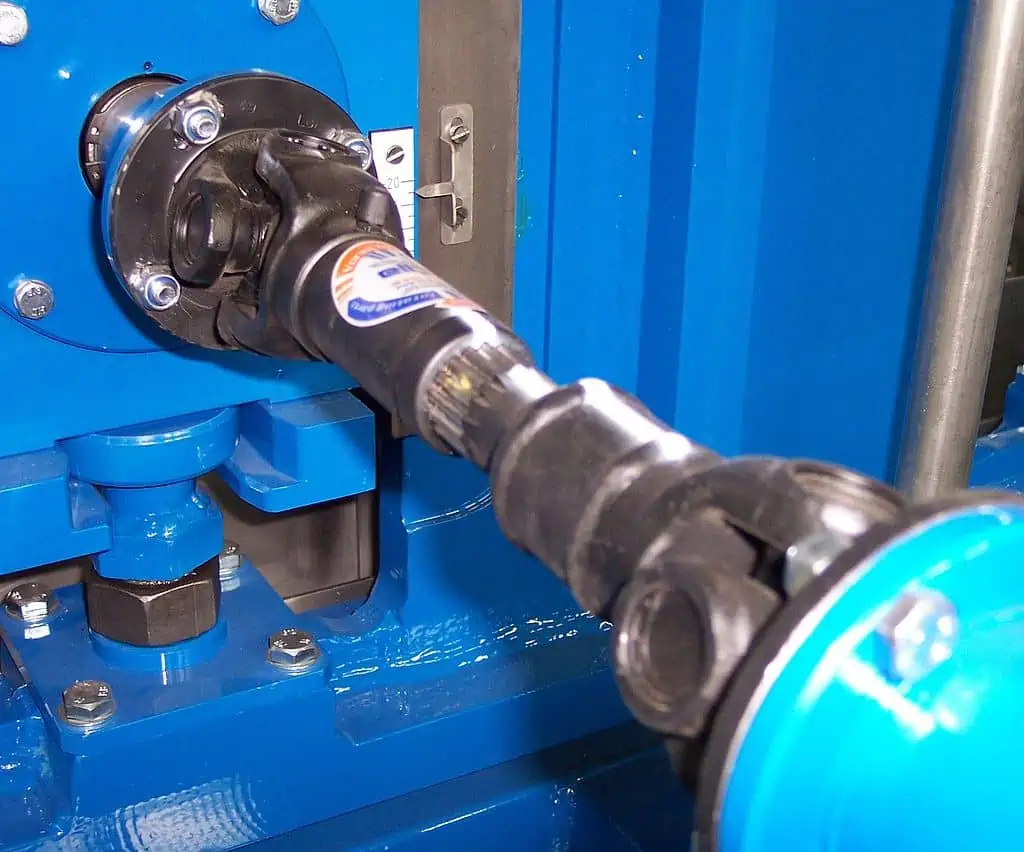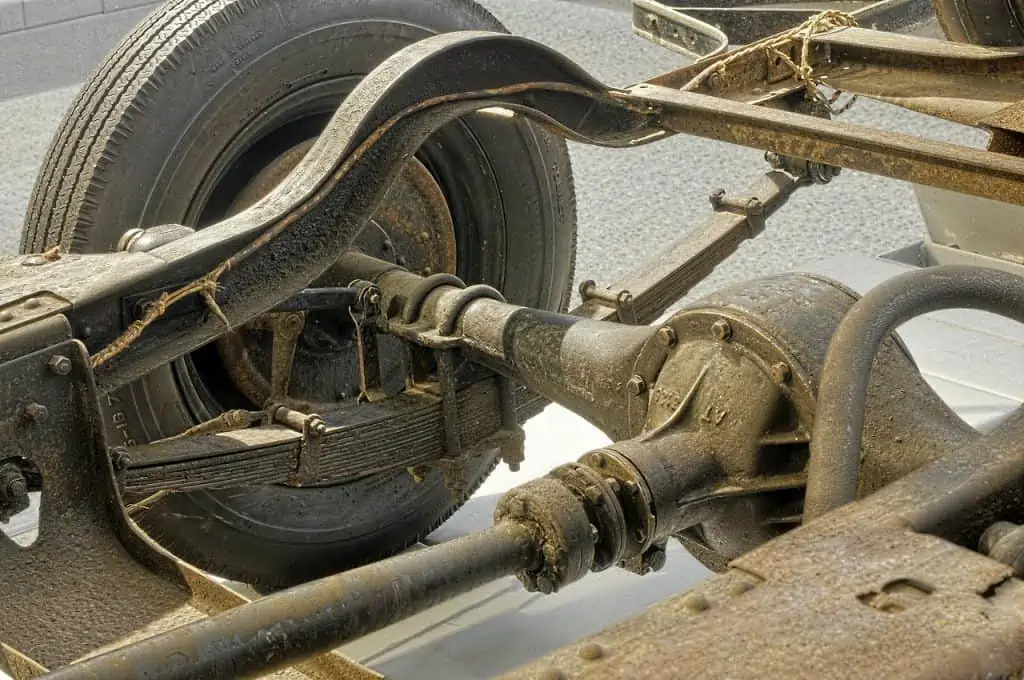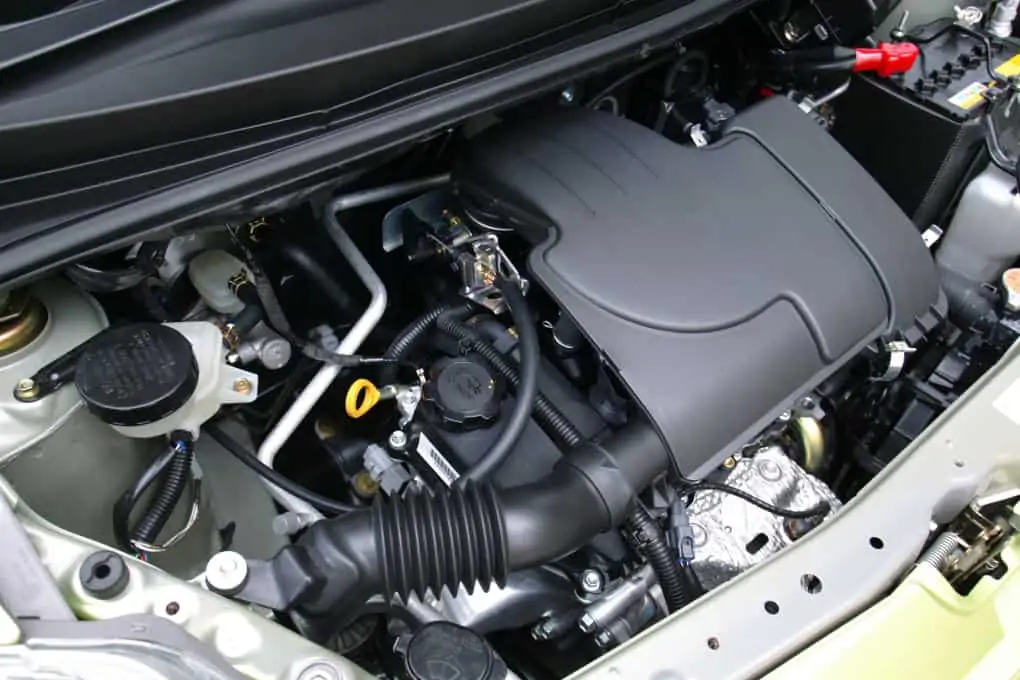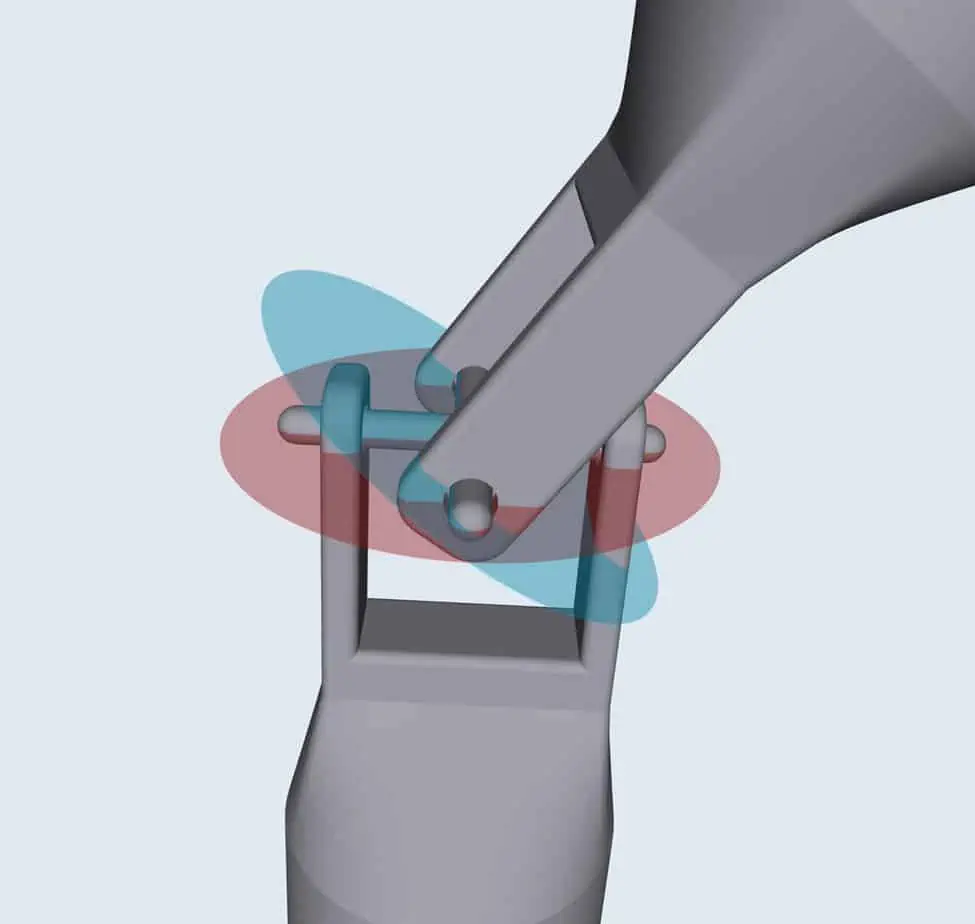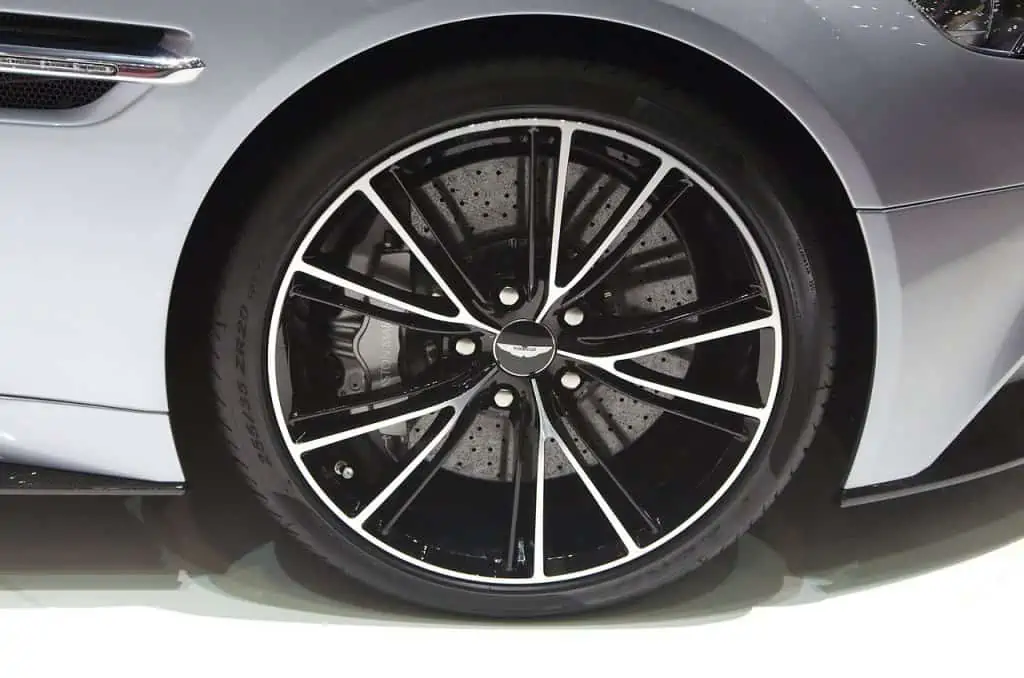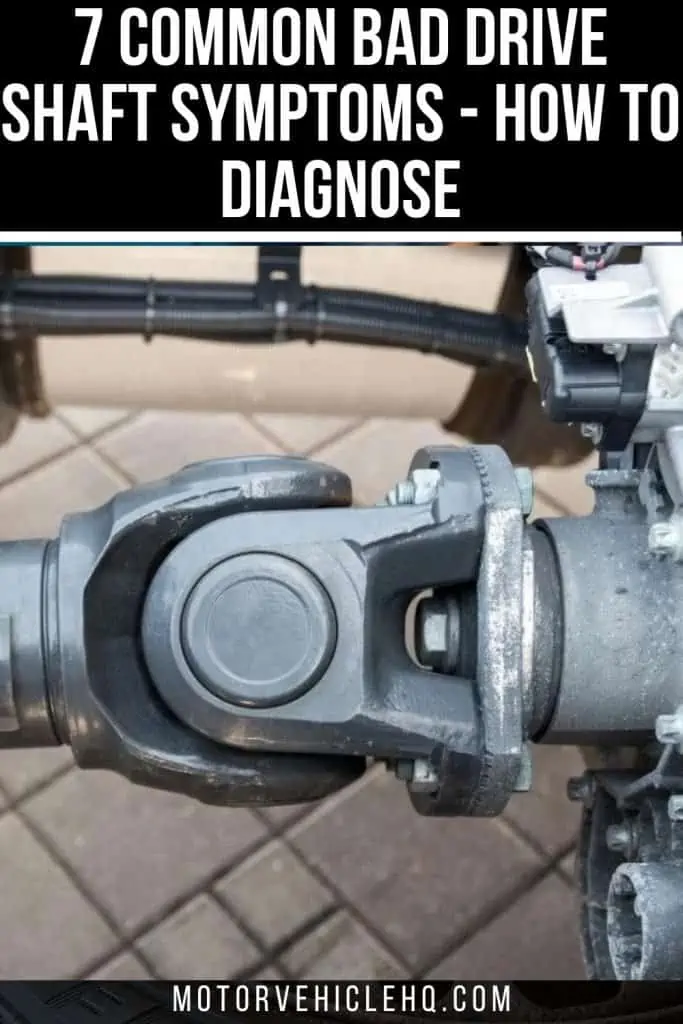Are you now experiencing loud vibrations coming from your car’s underside while it is running? In this situation, your car most likely exhibits indications of a faulty drive shaft.
Driveshafts are intended to transmit the transmission’s torque to the wheels. The driveshafts are subjected to a tremendous amount of strain when in operation, and with time they frequently fail and have problems.
When you apply gas, your vehicle can start to vibrate if it’s not feeling well. If this is the case, you might think about having your driveshaft checked.
There must be replacement or repair of the drive shaft. This will get your car back in operating order. Without these fixes, your driveshaft may break.
A damaged driveshaft is impossible to transfer torque to the wheels. In other words, the car will be rendered immobile and incapable of moving. Driveshafts may also fracture in collisions. Therefore, a repair is required. This will restore the car’s ability to be driven.
We will study everything there is to know about driveshafts in this essay. We’ll find out what they are and where they are in the car. We shall also go over their purpose and operation.
After that, we’ll discuss the signs of a broken driveshaft, how to fix a driveshaft, and how much it will cost to repair or replace a driveshaft on your car. So let’s start.
The Drive Shaft: What Is It?
Before delving further into the signs of a faulty driveshaft, we should discuss the expense of drive shaft repair and replacement. Let’s first go through the nature and operation of these components.
Drive shaft by IP83 / CC BY-SA 3.0. Energy is transmitted through the driving shaft. The gearbox receives the energy produced by combustion in the engine. The gearbox converts the energy from the crankshaft rotation of this engine into useable torque.
Simply put, the drive shaft is an energy transmitter. Energy generated by combustion in the engine is transferred to the transmission. This engine’s crankshaft rotational energy is transformed into useful torque via the gearbox.
The energy that your vehicle has just produced for carrying is known as torque. In the US and Europe, the torque is expressed in pound-feet or Newton-meters, respectively. The stronger and faster the driveshaft is spun by the transmission, the higher the torque.
The driveshaft’s job is to transfer this torque to the wheels over its entire life. This torque goes to the rear differential if the car is rear-wheel drive. The differential then determines how to apply the torque.
If the vehicle has front-wheel drive, the transaxle transmits power to the front wheels. Although it may seem difficult, this is rather easy. We will examine this issue in further detail in the following chapter and provide a clearer response to your query.
Typically, the driveshaft is a large iron tube. In vehicles with rear-wheel drive, it is more noticeable. The tube has to be tougher and larger the stronger the engine is. Trucks in particular have this characteristic. Here, driveshafts are very large, and drive shaft maintenance is also more challenging.
The driveshafts in vehicles are more compact and smaller. especially in front-wheel-drive vehicles. The front wheel is connected to the transaxle by these driveshafts, which are iron rods that carry rotational energy to the wheel.
Where Is the Drive Shaft Located In a Car?
What kind of car you drive affects where the driveshaft is located. All-wheel-drive and four-wheel-drive vehicles often have two or more driveshafts, whereas rear-wheel-drive vehicles have a single lengthy driveshaft connecting the differential and transmission.
Power is sent to the rear wheels of vehicles with rear-wheel drive. In these setups, the lengthy driveshaft is joined at the universal joints on one end to the transmission and the other to the differential.
The all-wheel-drive or four-wheel-drive vehicle will have two driveshafts, in contrast. The vehicle’s back features the same configuration. However, a front driveshaft with U-joints connects it to the front differential and transfer case.
Because the front wheels transmit power, front-wheel drive vehicles don’t have long driveshafts. This kind of car has all the parts required to deliver torque up front, unlike rear-wheel-drive vehicles.
The transaxle design uses constant velocity (CV) joints rather than universal joints to link the axles.
The Drive Shafts: How Do They Work?
The driveshafts are rather basic, as we already stated. The wheels get the torque through it. However, front-wheel drive and rear-wheel drive vehicles differ from one another. The drive shaft appears different and is laid out differently in both of these types of cars.
So it’s wise to know how to distinguish between these two kinds of driveshafts. This will help you comprehend how these components function better.
Additionally, the front suspension’s movement must be followed by the driving shaft. When a vehicle bounces and rebounds, the drive shaft must also do so and modify following the peculiarities of the road. The suspension or transmission will break or be damaged if the driveshaft is unable to adapt.
Rear axle, suspension, and drive shaft by Ralf Roletschek / CC BY 3.0. Many driveshafts also have slip joints to accommodate the wheels’ forward and backward motion. This is what sets 4×4 or all-terrain vehicles apart.
Slip joints are also used on a lot of drive shafts to allow for the wheels’ forward and backward motion. This is a distinguishing feature of 4×4 or all-terrain vehicles. We are going to specifically discuss that in this chapter.
1. For the Front-Wheel Drive
There are two drive shafts in front-wheel-drive vehicles. The transaxle is attached to these driveshafts. A unique part known as a transaxle is used to transmit torque from the transmission to the wheels.
Today’s vehicles frequently have a transaxle configuration. They are used in cars with four-wheel drive, all-wheel drive, and front-wheel drive.
To distribute the torque appropriately, they operate as a differential. Two drive shafts are linked to the transaxle, which is found in front-wheel-drive vehicles. One for each wheel, then.
These tiny driveshafts rotate. They turn the wheel as they do this, causing the car to start moving.
Compared to the rear-wheel drive shafts we will discuss next, these driveshafts are different. Unlike rear-wheel-drive vehicles, which utilize universal joints, the driveshafts on the front wheels employ constant velocity joints.
Because CV joints are often positioned at an angle, this operates differently. However, because you only need to remove the front wheel and the knuckle from these cars, drive shaft repairs are now simpler. This is in contrast to rear-wheel-drive universal joints, which need that the vehicle gets raised on a lift. Just the driveshaft has to be removed here.
2. For the Rear-Wheel Drive
As we previously established, rear-wheel drive operates differently. The drive shaft is located in the middle of a rear-wheel-drive vehicle. It links the rear differential to the gearbox.
The driving shaft is at this junction. Input and output shafts are used to construct this driveshaft. Using universal joints, the input and output shafts are joined.
The driveshaft’s internal yokes allow for the shaft’s deformation. This is so because the shaft cannot always be perfectly straight. When there are obstructions in the road, something that is designed to be straight will break.
This enables the driveshaft to turn to a 45-degree angle when necessary. The driveshaft’s slip joints also let the driveshaft pivot both forward and backward.
The driveshaft’s starting point or the center of the drive shaft is often where this slip joint is installed.
Two drive shafts that are linked by a central bearing and joined by a universal joint are typically used in vehicles with lengthy wheelbases.
Because of this, the driveshaft is incredibly adaptable and versatile when driving. These universal and sliding joints have more mobility, but they are still constrained. And when these boundaries are crossed, they frequently malfunction and fail.
Drive shaft repair may be required in some circumstances to fix these issues. Symptoms often appear when these components malfunction. And we’ll go into great depth about these symptoms in the following chapter. The symptoms of a faulty drive shaft will next be covered.

Which are the Common Bad Drive Shaft Symptoms?
The driveshaft exhibits indications of failure much like every other part of your car. The drive shaft can potentially fracture into fragments, although the universal joints take the majority of the punishment.
In this chapter, we’ll go over the primary signs that point to a damaged driveshaft before moving on to the best ways to fix it. Depending on whatever component failed, this will change.
1. Crackling Sounds from the Engine Bay
Squeaking noises are among the first symptoms to show. You need to fix your drive shaft if you hear these noises. These squeaking noises often occur when the U joint’s bearings are out of alignment. This is mostly brought on by the fact that these bearings don’t get enough lubrication.
They will run dry and the metal will come into touch with other metal since there is no lubricant in them. Now the friction will start to rise and the unpleasant sounds will persist.
The best course of action when hearing squeaking noises is to lubricate these bearings, which will ensure that they continue to function properly. It is important to detect this issue before your bearings wear out and need to be replaced. Long-term financial savings are achieved in this manner.
2. Vibrations Emanating Beneath the Car
Another sign of a malfunctioning driveshaft that needs drive shaft repair is vibration. These driveshaft vibrations are easy to detect since they originate in the center console and go to the vehicle’s rear.
Driveshaft bushings that are worn are the cause of these vibrations. or once the universal joint begins to deteriorate.
This issue has to be resolved right now. If you want your car to stop shaking, you must fix these parts.
These vibrations will become worse as the issue worsens. In the end, if this issue isn’t fixed, your driveshaft may break, and repairing it correctly might be quite expensive.
In the end, you can find yourself in need of a new driveshaft with brand-new universal joints, which will be quite expensive to have done properly.
3. Clunking Sounds from the U-Joints
The universal joint also creates some clunking noises when it breaks. These noises can be heard coming from the differential or the transmission’s universal joints.
If you hear a clunking noise coming from the front or the back, pay attention. You should be aware that your universal joints need to be replaced right away due to severe wear. If you keep driving in this manner, you might endanger the driveshaft as a whole and risk damaging it.
For an otherwise straightforward fix like replacing the U joint on your car, in my opinion, this risk is not justified.
4. Rattles Emanating from the Wheels
Along with the clunking sounds from the U joints, rattles may also be heard. These rattling may irritate both you and your fellow travelers. Specifically, because they make loud noises.
Engine bay by Tennen-Gas / CC BY-SA 3.0. One of the initial signs of a bad drive shaft is squeaking sounds. If you hear these noises coming from the engine compartment, you need to repair your drive shaft.
Your universal joints are not ruined just because they rattle. They can just be a sign that your driveshaft needs oil to function.
If you don’t lubricate the bearings, you must do so. They’ll cause a lot of friction and rattles and squeaks as a result. The best course of action is to procure oil and liberally coat the universal joints with it.
This will most likely provide a temporary solution. You’ll require drive shaft repair if it persists.
5. Movements from the Universal Joints
You also run the danger of severing yourself from the transmission if the global movement has a movement.
This is because the bearings supporting the driveshaft have a lot of motion and are not greased. They will ultimately detach from the universal joint, which will then begin to move.
The driveshaft may behave abnormally and wobble as a result of these motions. The driveshaft may fracture and shatter into fragments when the universal joint fails.
6. Turning Issues
Another telltale indicator of a faulty driveshaft is difficulty turning the car. Wheels that can’t turn correctly due to a damaged driveshaft might cause you problems while attempting to make turns.
Your total ability to operate the vehicle is limited by this problem. For safe driving and continuous use of the vehicle, you must solve any difficulties that prohibit you from operating the vehicle properly as soon as possible.
7. The Vehicle Experiences Noticeable Shudder When Accelerating
The shudder that is produced is another issue that you can be having with defective universal joints or damaged center bearings. The play in the driveshaft is what is causing this tremor.
The driveshaft will tremble and wobble more as there is greater play. When the car accelerates, this might be very perceptible. This is particularly true if the vehicle accelerates too quickly and the worn driveshaft begins to spin quickly.
This may need the purchase of a new driveshaft and result in catastrophic driveshaft failure. The best course of action if you start to encounter some of these symptoms is to examine the driveshaft and its state.
You might start by lubricating the bearings. And if it doesn’t work, you’ll need to fix the drive shaft and buy new universal joints and center bearings.
By doing this, you may be sure that your driveshaft won’t collapse disastrously and you’ll be able to keep driving your vehicle.
Call your technician and explain the situation with your driveshaft and how much the repair will cost. Or, if you’re a handyman, you could wish to attempt to fix the drive shaft yourself. If so, we’ll talk about it in the chapter after this one, which will detail every stage of the procedure.
What Makes a Drive Shaft Go Bad?
A drive shaft might malfunction for many different causes. Here are some of the most typical causes:
1. Normal Wear and Tear
The drive shaft in your vehicle is susceptible to wear and strain just like every other component. The driveshaft becomes loose as a result of the joints and bearings wearing out over time. Problems with turning, creaking, and clunking can result from this.
A sample universal joint by Not Thomas Edison / CC BY-SA 4.0. When the bearings in the U joint are out of alignment, squeaking sounds frequently happen. This is mostly caused by the insufficient lubrication that these bearings receive.
Living somewhere with a lot of potholes can further hasten the wear and tear on the driveshaft. The joints and bearings in the drive shaft might become worn down by repeated impact from driving over potholes.
Corrosion is another factor in wear and strain. If the driveshaft is composed of steel, corrosion is a possibility. This can make the metal brittle and crack.
Driveshafts made of aluminum are less prone to corrosion, although salt and other corrosive substances can still harm them.
2. Using Low-Quality Grease
Grease is used to lubricate the driveshaft, which helps to lessen wear and friction. The use of poor-quality oil might hasten the wear out of the driveshaft.
Use the appropriate grease for your driveshaft; this cannot be stressed enough. For advice on the proper grease to use, speak with your owner’s handbook or a professional.
3. Incorrect Installation
Problems may arise if the drive shaft is not mounted correctly. The driveshaft may bind and wear out before its time if the U-joints or CV joints are not appropriately positioned. It’s crucial to have your driveshaft installed by a skilled technician.
4. Penetration of Debris Into the Drive Shaft System
The entry of debris and other extraneous items into the joints might also result in driveshaft issues. If the seals at the joints are destroyed, this may occur. Once inside, the dirt can harm the bearings and other components by causing wear and tear.
To avoid this, it’s crucial to maintain your driveshaft clean. The seals at the joints should be checked often to make sure they are not broken.
Consider utilizing a driveshaft cover if you live in a place where there is a lot of dust or dirt. This will aid in keeping out dirt and prevent it from entering the joints.
5. Driving In a Hot Environment
It’s crucial to be aware that living in a hot area might also result in drive shaft issues. The grease may evaporate and degrade due to the heat. The driveshaft may deteriorate prematurely as a result of this.
How Can You Diagnose Bad Drive Shaft Symptoms?
You must start your engine and drive your vehicle to do a universal joint diagnosis. When driving, if you notice any strange vibrations or shudders coming from the front of the car, where the driveshaft attaches to the transmission, you should check your universal joint.
The back has the same narrative. If your differential is vibrating, this might be the cause. It is a good idea to check the back universal joint as well.
These signs may also point to further issues like imbalanced wheels or worn brakes. Therefore, it is wise to be aware of this. This is to prevent you from misdiagnosing the issue and attempting to fix something that isn’t the genuine problem.
For this reason, a visual check must be performed before a drive shaft repair. You may learn a lot about the state of your universal joints just by a visual examination.
The retaining clips should not be forced inwards or outwards during the visual inspection; this is a positive indicator. This is so that the clips can hold the universal joint. However, the bearings can still have some play in them.
Car wheels by Clément Bucco-Lechat / CC BY-SA 3.0. Driveshafts are used to transfer the torque from the transmission to the wheels. The driveshafts experience extreme strain when in use, and over time they commonly develop issues and fail.
But suppose the rubber boots within the bearings are worn out and damaged. You then most likely have damaged universal joints. The universal joints can be destroyed because of the worn rubber, which allows a lot of dirt and debris to get inside.
You might also try to shake the driveshaft vigorously while holding it close to the connection with the differential or transmission. It’s okay if the universal joint doesn’t move. If not, your driveshaft has to undergo a drive shaft repair.
Is It Possible to Repair a Bad Drive Shaft?
If you have the motivation, you can fix the drive shaft on your car. This work is going to be ideal for you if you’re a DIY man who doesn’t like mechanics tampering with their vehicle.
This job can all be completed with basic garage tools and doesn’t call for a deep understanding of mechanics. To access the drive shaft from below, you only need a small amount of room, therefore you must jack the car up. So let’s start.
Step 1
Step one involves removing the drive shaft’s mounting nuts. To repair your vehicle’s drive shaft, you must first remove the driveshaft. Four bolts are typically used on each side to secure the driveshaft. You may concentrate on removing the universal joint after you have removed the driveshaft.
Step 2
It’s now time to take off your driveshaft’s universal joint. However, you must first remove the retention clips holding the universal joint to the drive shaft before proceeding with this step. These retaining clips are spaced four spaces apart throughout the universal joint.
Step 3
The universal joint may then be taken out of the drive shaft by applying pressure to make it burst loose. You will require a specialized press to complete this procedure, which will press the universal joint downward.
Step 4
The bearing cap on the universal joint has to be removed once it has been pressed. Repeat the same procedure for the remaining three bearings after that.
Step 5
You must prepare the driveshaft and the flange and clear the dirt from the old component before installing the new universal joints.
Step 6
In this phase, the old universal joint must be removed and the process must be reversed. Just remember to lubricate the universal joint to keep it from becoming damaged by the weather.
How Much Does the Drive Shaft Repair Cost?
The cost of the drive shaft repair is rather low and won’t be excessive. And this is especially true if you are working from home.
One universal joint costs about $25, making them affordable. On the other hand, the labor will set you back some cash.
Since this service takes many hours to complete and most repair businesses charge between $50 and $100 per hour, you may anticipate paying at least $100 for this.
However, if you do it yourself, you may save all of this cash and put it toward an upgrade in the future. Working on your vehicle is beneficial for this reason.
Turning difficulty by Isiwal / CC BY-SA 4.0. The car’s inability to turn is another obvious sign of a bad driveshaft. If your driveshaft is broken, your wheels could not turn properly, which might be problematic while you’re trying to make turns.
Is It Safe to Keep Driving on a Bad Drive Shaft?
While driving with a damaged drive shaft is often doable, doing so for an extended period is typically not a good idea. In the best-case scenario, you would lose power to that axle if a portion of the drive shaft were to break. Your car’s drive shaft might drop and become stuck between the ground and the vehicle, preventing it from moving forward.
By removing one axle in this manner, some four-wheel drive or all-wheel drive vehicles may be subjected to stress on the center differential or transfer case. The center differential can experience early wear or potentially fail as a result of this.
Subaru employed a viscous coupling center differential before switching to CVT transmissions for the majority of its vehicles. Long-term speed changes between the front and back axles have a significant impact on how responsive this sort of differential is.
There is a significant likelihood that the underbelly of your car would sustain severe damage if the drive shaft disconnected on one side while it was still moving swiftly.
Keep in mind that the drive shaft will briefly continue spinning if one end is still attached to the car and will strike everything in its path. These include things like handbrake cables, brake lines, gasoline lines, and even electrical harness components.
How Can You Prevent Drive Shaft Failure?
You may take the following actions to stop your driveshaft from failing:
- Check your driveshaft often for any wear or damage indicators.
- The drive shaft should be fixed or replaced as soon as you discover any damage.
- When possible, steer clear of driving on unpaved surfaces.
- If you must go across rough terrain, proceed cautiously and gently to reduce the strain on the driveshaft.
- Have the driveshaft checked out by a technician as soon as you detect any odd noises or vibrations emanating from it.
- If your vehicle’s drive shaft is not intended to support that type of weight, avoid towing hefty weights.
- Make sure to maintain your driveshaft as advised by the manufacturer.
You may lessen the likelihood that your driveshaft will break by adhering to these easy suggestions. If your driveshaft does develop any issues, make sure to get it checked out and fixed as soon as you can to prevent more harm.
The Conclusion
Everything you need to know about driveshafts and driveshaft repair has been covered in this article. We learned the most typical drive shaft kinds as well as how to identify the shafts in our autos.
The primary indicators of a damaged drive shaft were then covered, including warning signals like vibrations, rattles, and sounds. After that, we produced a brief DIY manual that demonstrated how simple it is to repair your driveshaft’s universal joints at home using standard tools.
Starting your DIY career and learning more about vehicles is a wonderful idea in this profession. Maybe you can do something larger the next time.
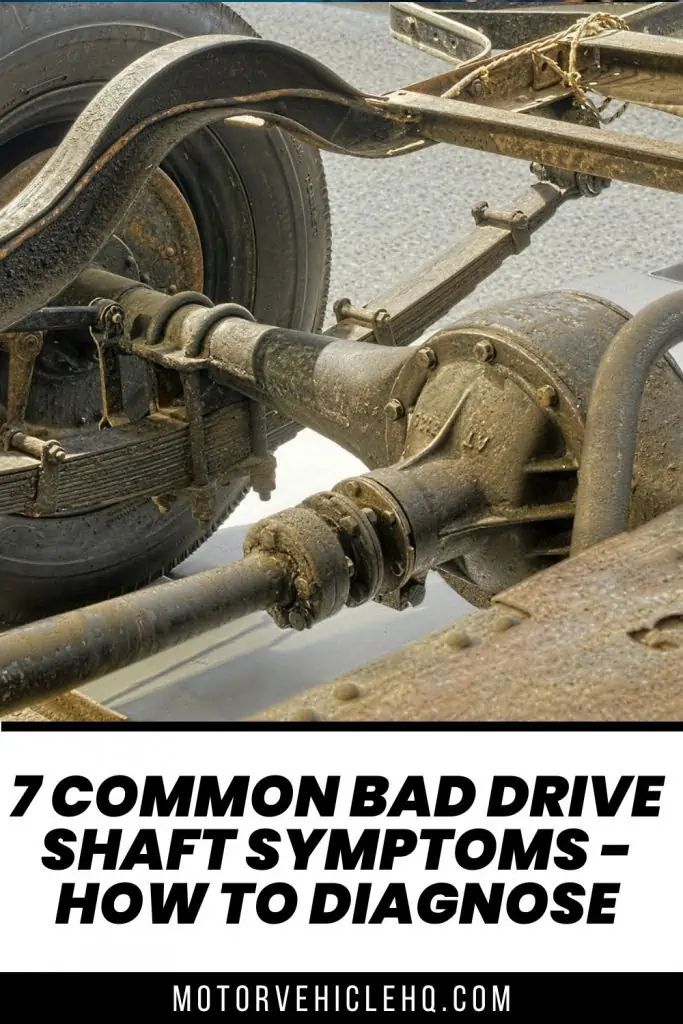
Rear axle, suspension, and drive shaft by Ralf Roletschek / CC BY 3.0

Jim Wicks is the founder of MotorVehicleHQ. With over two decades of experience in the automotive industry and a degree in Automotive Technology, Jim is a certified car expert who has worked in various roles ranging from a mechanic, car dealership manager, to a racing car driver. He has owned more than 20 cars over the past 15 years. Ask him about any vehicle you see on the road and he can tell you the make, model and year. He loves the aesthetics of all things cars, and keeps his vehicles in pristine condition.
In his free time, Jim enjoys getting his hands dirty under the hood of a classic car or taking long drives along the country roads. His favorite car? A 1967 Shelby GT500, a true classic that, according to Jim, “represents the pure essence of American muscle.”
